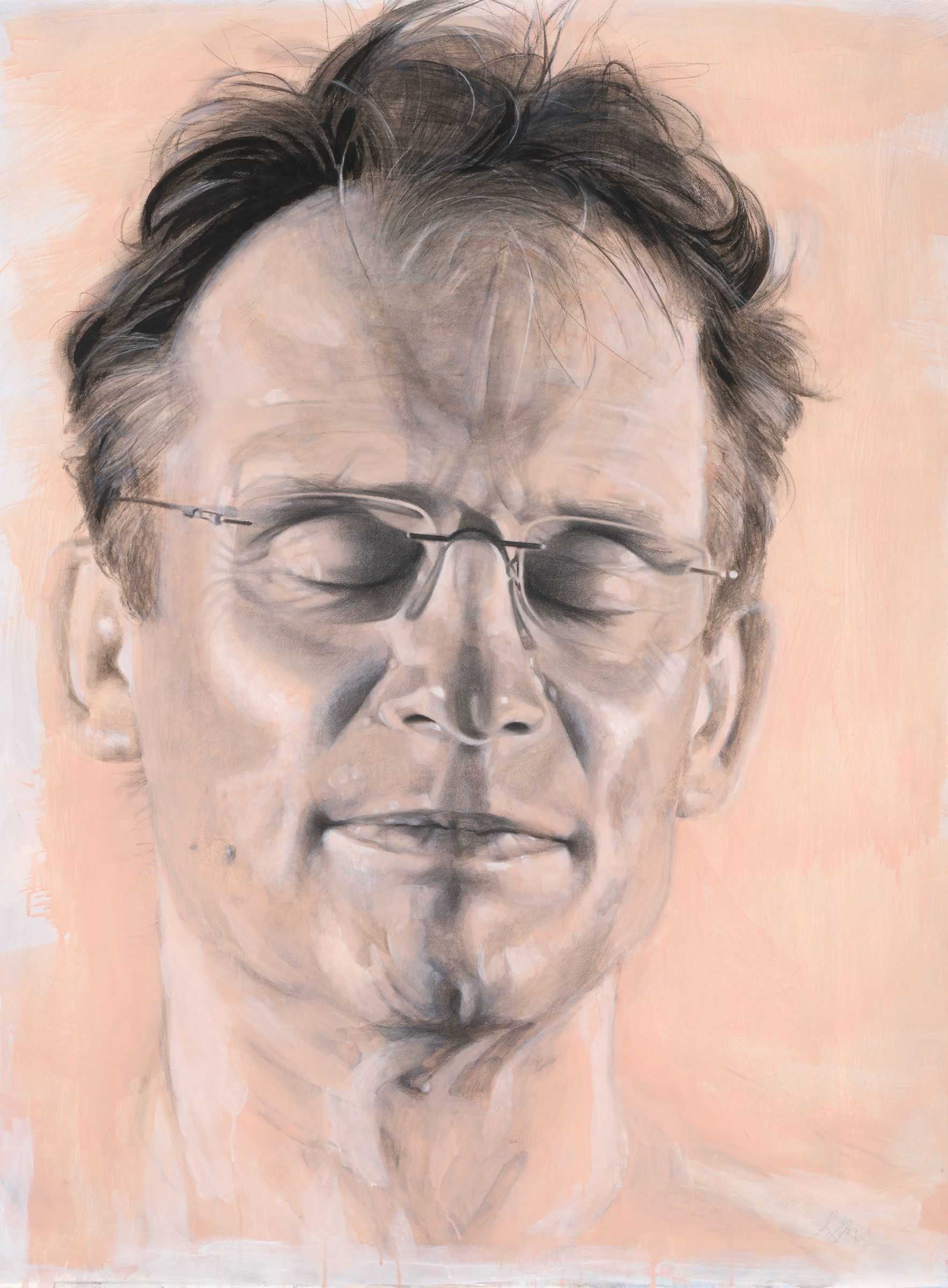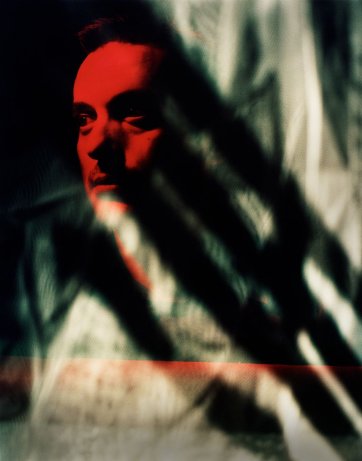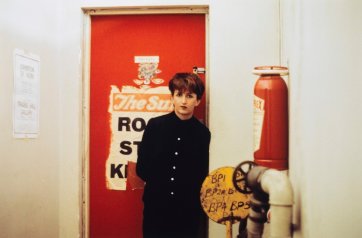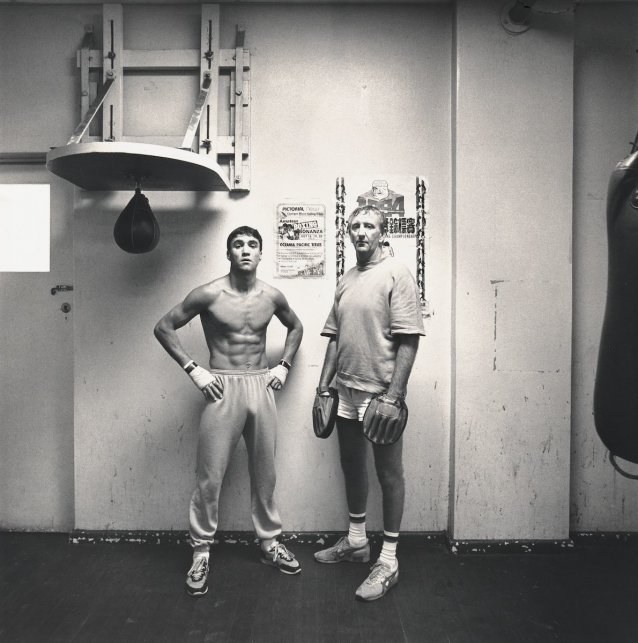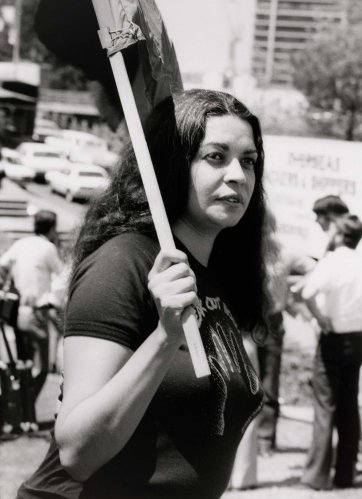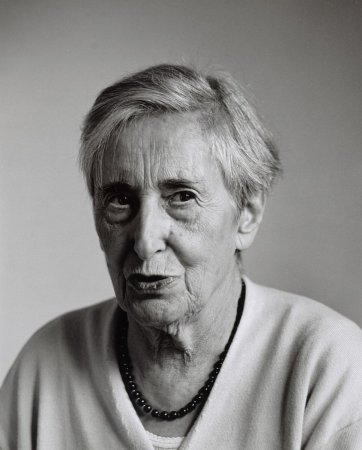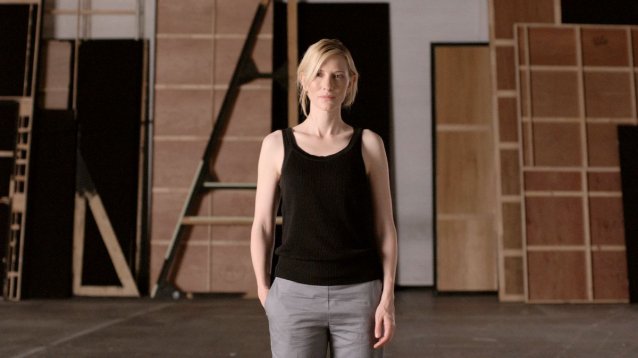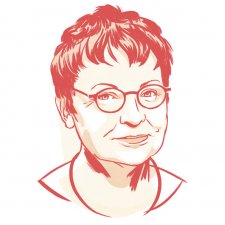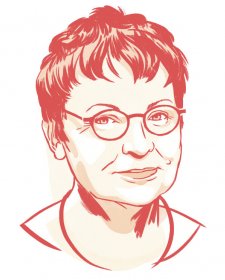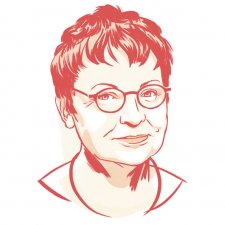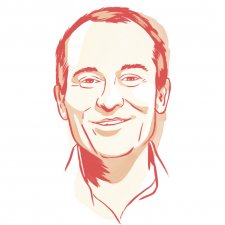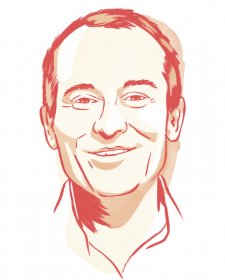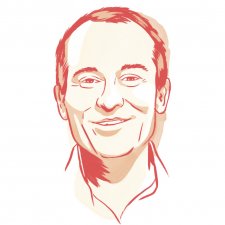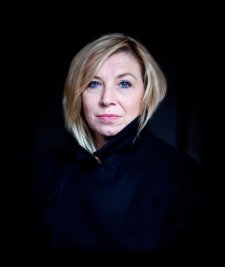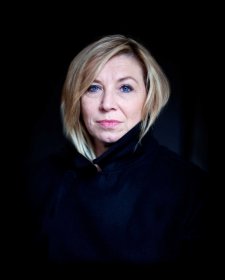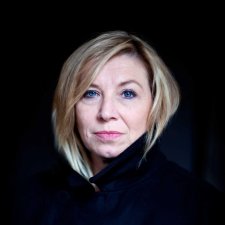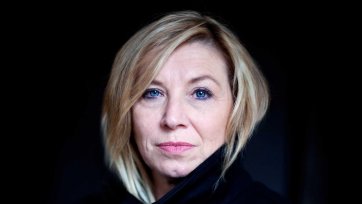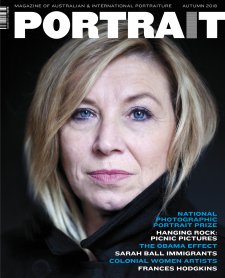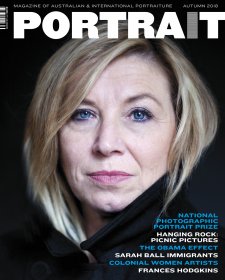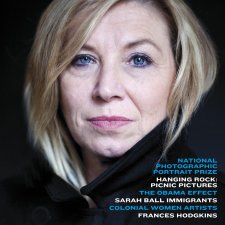Uncompromising individuality defines the people whose contemporary portraits make up the exhibition Express Yourself. Some address us directly – with calm and sure looks; all have an unencumbered authenticity that is the result of inner struggle. This kind of struggle is its own reward; it is robust selfhood. Role models, mentors; for them, generosity of intellect is a form of freedom. When cultural or social expectations enforce sameness, or tradition, or control, the need to be an authentic person is paramount. It is the only way to live.
In her 1991 essay ‘The Evidence of Experience’ social science professor and historian Joan Wallach Scott calls into question the categories that have defined subjective experience. ‘[We] need to attend to the historical processes that, through discourse, position subjects and produce their experiences’, she writes. The authority of our own inner lived experience, or our responses to the experience of living within a particular society, still, Scott notes, ‘naturalises categories such as man, woman, black, white, heterosexual, and homosexual by treating them as given characteristics of individuals’. Instead of taking these categories for granted, we might look behind them at the processes that create them in the first place, the inherent power relations of the categories’ names, and how we identify with that naming. In this way, we can understand that the active capacity of individuals (their agency), as expressed and self-understood through their subjective outlook, is in fact ‘created through situations and statuses conferred on them’. These identity categories can then be dismantled, allowing new, organic ones to emerge and evolve. They were not, ‘always there simply waiting to be expressed’. As an example, Scott invokes Jamaican sociologist Stuart Hall’s reflection of the construction of ‘black’ identity in his 1984 essay ‘Minimal selves’. Hall writes ‘[Black] has always been an unstable identity, psychically, culturally and politically’, and that it is ‘a narrative, a story, a history’; it is ‘not simply found’. Like all identity categories imposed by society, Hall says ‘Black is an identity which had to be learned’.
